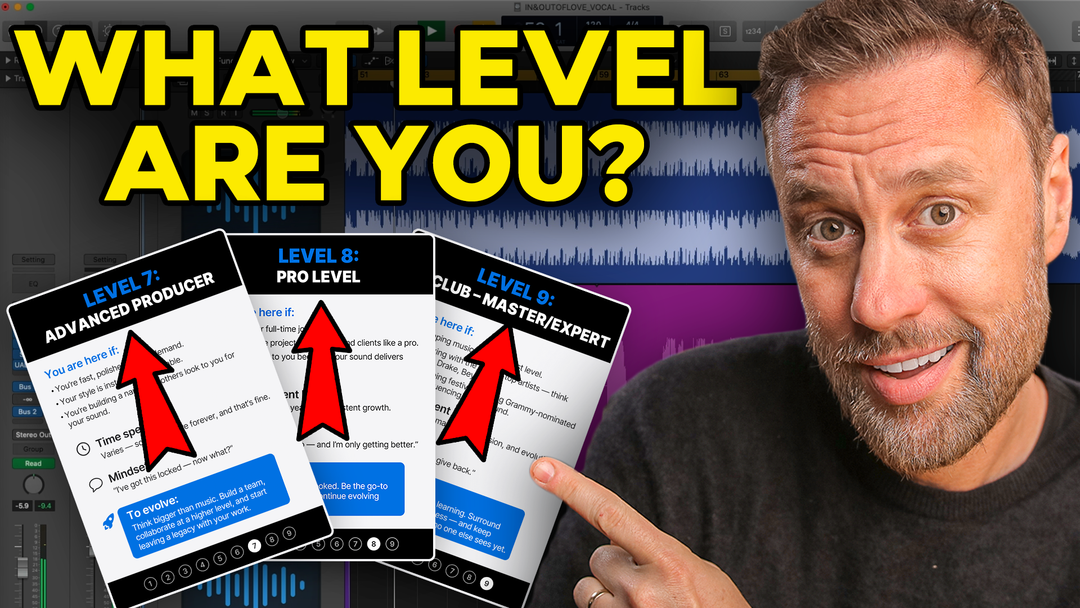Stop Using Reverb Like This (Do THIS Instead)

Grab the Logic Pro project from this video and follow along.
Drop your email below and I’ll send you the full session file so you can test the technique yourself 👇
Stop Washing Out Your Vocals — Try This Instead
Ever wondered why pro vocals sound lush and wide — but still super clean and upfront?
Think of artists like The Weeknd or Dua Lipa. Their vocals sound drenched in space, yet every word stays perfectly clear.
Most producers just throw reverb on a send and call it a day. That’s the “normal” way — but it’s also why your mixes can sound flat, detached, or muddy.
There’s another move that instantly makes your vocals sound tighter, more expensive, and more glued to the mix.
Let’s walk through it step by step.
The Problem With “Standard” Reverb
Here’s a vocal with a typical reverb on a send:
🎧 It sounds big… but also a bit like it’s in a cave, right?
It’s too washy — not connected to the vocal.
You can spend hours tweaking reverb settings, but the result often still feels disconnected.
The Trick: Short Reverb + Compression on the Vocal Itself
Here’s what we’re going to do differently:
👉 Put a short reverb directly on the vocal channel, not on a send.
👉 Then add a compressor right after the reverb.
You might be thinking — “Why compress after reverb?”
It’ll all make sense in a second.
Step-by-Step Setup (Valhalla Vintage Verb Example)
You can use any reverb, but here’s how to set up Valhalla Vintage Verb for this effect:
-
Mode: Short Room
-
Colour: 70s
-
Decay: Around 0.6s – just enough space, not a wash
-
Mix: Around 25% (since it’s on the main vocal channel)
-
Low Cut: Around 350Hz (keeps it clean and focused)
-
High Cut: Around 2kHz (smooths the top end)
Then, add a compressor right after the reverb:
-
Ratio: 4:1
-
Attack: Medium
-
Release: Medium
-
Adjust the threshold until you’re getting just a few dB of gain reduction.
This glues the reverb tail into the vocal — making it sound like it was recorded in the same room.
The Result
Now compare the two versions:
🎧 Before: Standard send reverb — big, but detached.
🎧 After: Baked-in reverb — smooth, rich, and cohesive.
It feels more like one single sound, not a vocal floating over a wash of effects.
This simple move gives your vocal that “record-label polish” — smooth, expensive, and glued.
Want to Go Deeper?
This “baked-in reverb” trick is one of the techniques from my full Mixing Course, where I teach the exact workflow used on some of the biggest records in the world.
👉 Click here to check out the 7-Day Mixing Accelerator
If you want smoother, louder, and more professional mixes — grab your free Logic project above and start testing this technique today.




